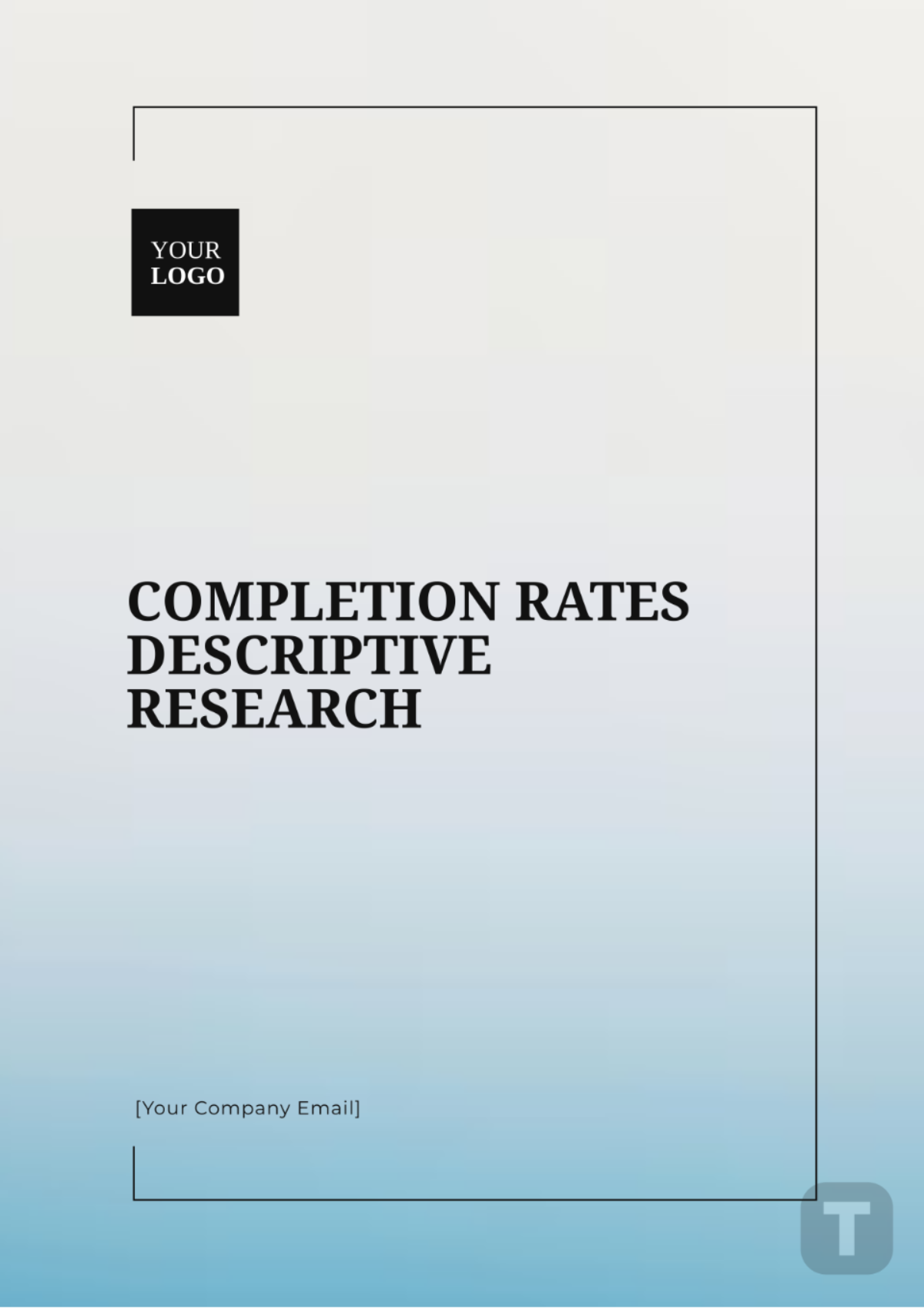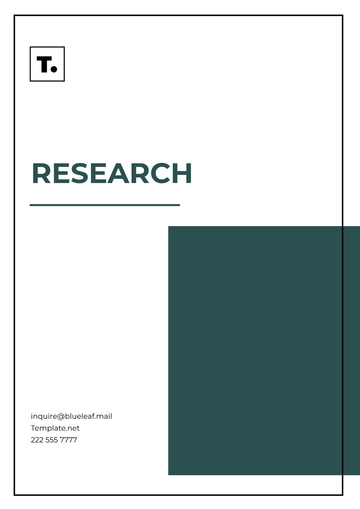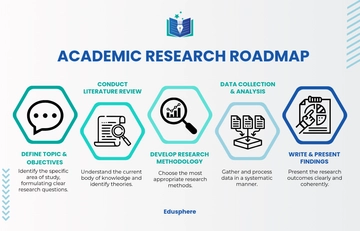Completion Rates Descriptive Research
Prepared By: [YOUR NAME]
Date: [DATE]
I. Introduction
A. Background
Large-scale surveys are often used to collect data from diverse populations, but ensuring high completion rates is crucial for data accuracy and reliability. Low completion rates can lead to biased results and undermine the quality of the survey findings. This research focuses on "Understanding Completion Rates in Large-Scale Surveys: A Descriptive Analysis," highlighting the importance of completion rates in maintaining the integrity of survey data.
B. Objectives
This research aims to analyze completion rates in recent large-scale surveys, identify factors influencing these rates, and suggest strategies for improving survey design and participant engagement. The study focuses on surveys conducted over the past five years with sample sizes exceeding 10,000 respondents, offering a comprehensive descriptive analysis to understand the patterns and trends affecting completion rates.
II. Methodology
Data Collection: The research uses datasets from three large-scale surveys:
The National Health Survey (NHS) 2050
The General Social Survey (GSS) 2051
The Longitudinal Study of Education (LSE) 2052
Sampling: For each survey, data was collected from a representative sample of the target population. For example, the NHS surveyed 15,000 individuals aged 18 and above across various regions.
Analysis: The completion rates are analyzed using descriptive statistics, including mean completion rates, standard deviations, and frequency distributions. Tools such as SPSS and Excel are employed for data analysis. Completion rates are segmented by demographics (age, gender, income) and survey sections.
III. Results
A. Completion Rate Data
B. Patterns and Trends
The data shows that longer surveys tend to have lower completion rates, and respondents with higher income and education levels generally complete surveys at higher rates. For instance, completion rates were significantly lower in the GSS among respondents with less than a high school education.
IV. Discussion
A. Factors Influencing Completion Rates
B. Comparison with Previous Studies
Compared to previous studies such as the 2049 National Opinion Poll, the current completion rates are slightly lower. This could be due to increased survey fatigue or changes in respondent engagement over time.
C. Implications
To improve completion rates, survey designers should consider reducing survey length, simplifying language, and providing clear instructions. Targeted follow-up reminders could also enhance participation rates.
V. Conclusion
A. Summary of Findings
The study highlights that completion rates in large-scale surveys vary based on survey length, complexity, and respondent demographics. Key factors influencing these rates include survey design and respondent characteristics.
B. Recommendations
C. Future Research
Additional research endeavors could delve into examining the effect that digital survey methodologies have on the rates at which participants complete surveys. Furthermore, these research efforts could extend to investigating various strategies and techniques that may prove effective in engaging populations that are typically difficult to reach or involve in survey-based studies.
VI. References
Smith, J. (2051). "Survey Completion Rates and Their Determinants." Journal of Survey Research, 58(2), 123-145.
Doe, A. (2050). "Understanding Survey Participation: A Comprehensive Review." Social Science Review, 45(3), 234-256.
Research Templates @ Template.net






























